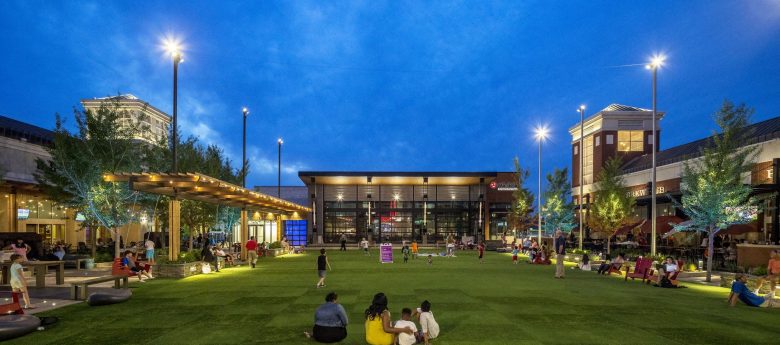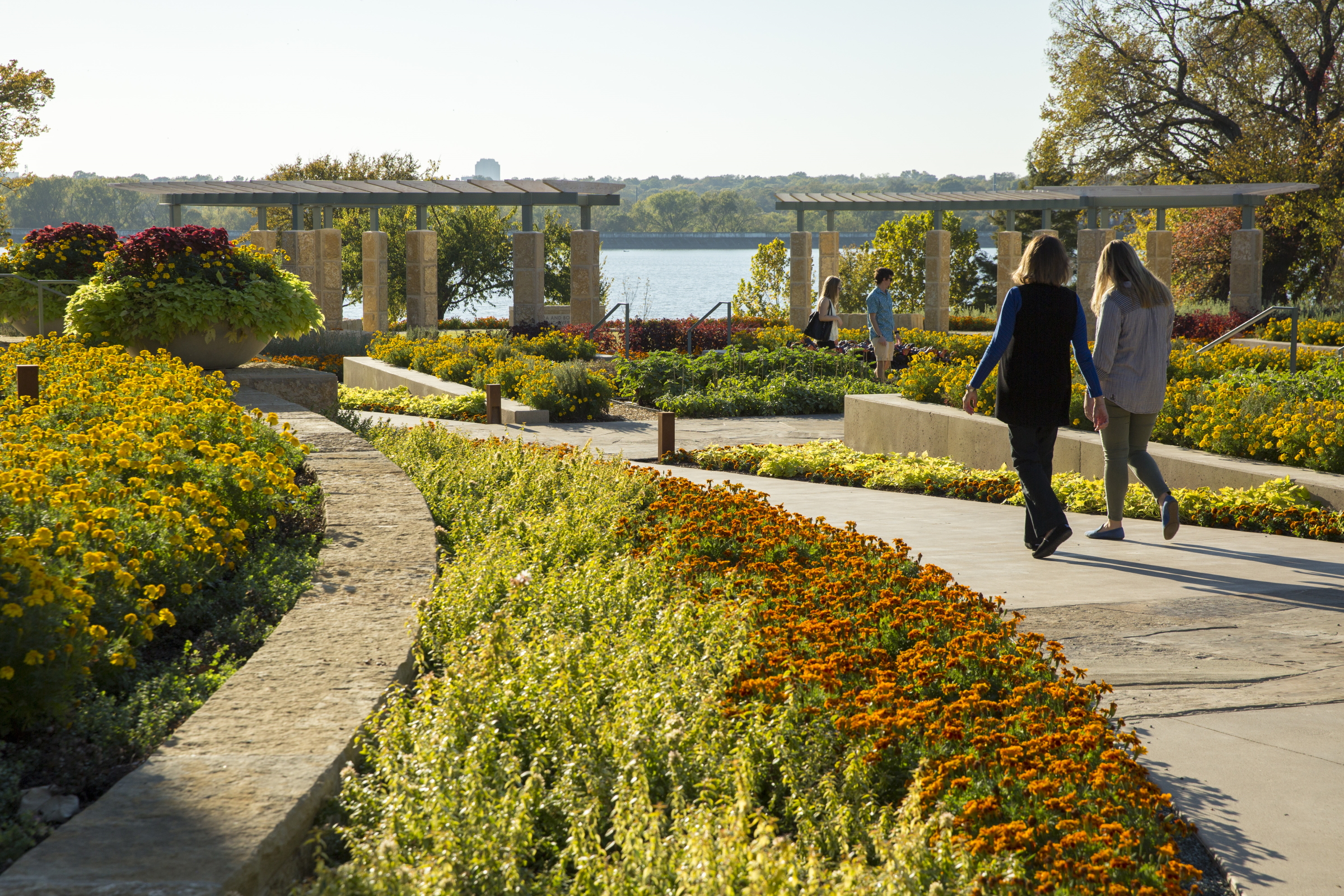Checklist to Keep Building Grounds Safe

When it comes to keeping building grounds safe and secure, planning ahead helps prevent many potential problems. Knowing safety is always the number one priority, the following checklist from the National Association of Landscape Professionals provides an overview of several important landscape features that need regular inspection and consideration when assessing potential hazards to ensure your facility is safe throughout the year.
Take Care of the Trees
Trees add essential shade and help to beautifully frame any property. Taking proper care of trees ensures their health and will help prevent possible damages. Hiring an arborist to maintain your trees will decrease the likelihood of broken tree limbs and branches falling and damaging property or blocking walkways. When needed, consider having lightning protection installed to help minimize the risk a strike of lighting can cause.
Install and Repair Lighting
Good lighting is important for early mornings, late nights and low visibility weather conditions. Walkways, parking lots, entrances and exits of the facility should be well lit to ensure occupants a safe pathway to navigate the property. Make sure to install lights strategically where elevation changes might occur and to highlight obstacles like shrubs or benches. Efficient lighting also serves as a great crime deterrent by increasing visibility in high traffic areas.
Check Water Drainage
Rain and snow are unavoidable and will cause run-off on the property. Having well-planned drainage areas can help prevent flooding in high traffic zones. Well-maintained lawns and landscaped areas will naturally direct run-off and absorb water to help prevent hazards. Landscape professionals can help develop a proper drainage plan for your property.
Keep Walkways and Parking Lots Clear
Walkways and parking lots always have the highest amount of traffic and should be checked more frequently. Have a plan in place to regularly clear these areas of leaves, debris, snow and other potential hazards to ensure your occupants’ safety as they navigate the property. Edging walkways with shrubs or greenery helps direct foot traffic to safe pathways and prevents pedestrians from creating their own paths through your landscape.

Upkeep Hardscape Repairs
Properly installed and maintained hardscaped areas, like sidewalks, help minimize walking hazards and potential liability issues. High traffic areas should be analyzed seasonally and after large storms to assess wear and tear of the area. Avoid quick fixes that will only last short term and work with a professional to properly repair and upkeep hardscapes.
Review Snow and Ice Contract
Assess your contract with your snow and ice removal contractor every year to ensure you’re servicing the facility safely and effectively. Late summer or early fall is the best time to map out your drainage areas, where snow should be piled, and high traffic areas where snow and ice needs to be cleared. Pay attention to high peak times of the day when occupants are moving in and out of the facility and plan your snow removal to provide the best conditions for walking or driving. You should also take notes of what is working and what isn’t during winter to be ready for the next year.
Keeping your facility safe is your number one priority. Landscape professionals should be trusted partners in ensuring the safety of your property and its tenants.
Missy Henriksen is vice president of public affairs for the National Association of Landscape Professionals (NALP). For more helpful tips and to find a local professional, visit LoveYourLandscape.org.
